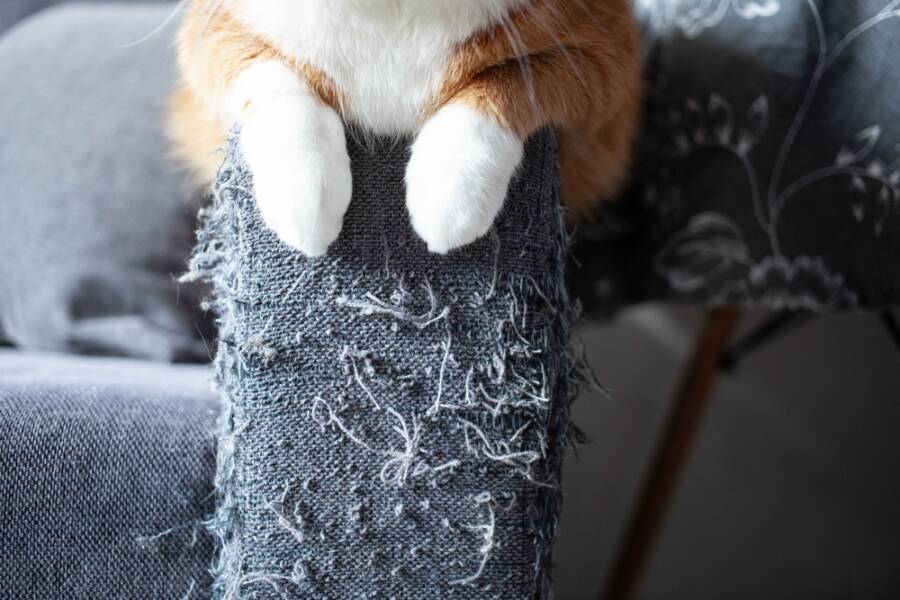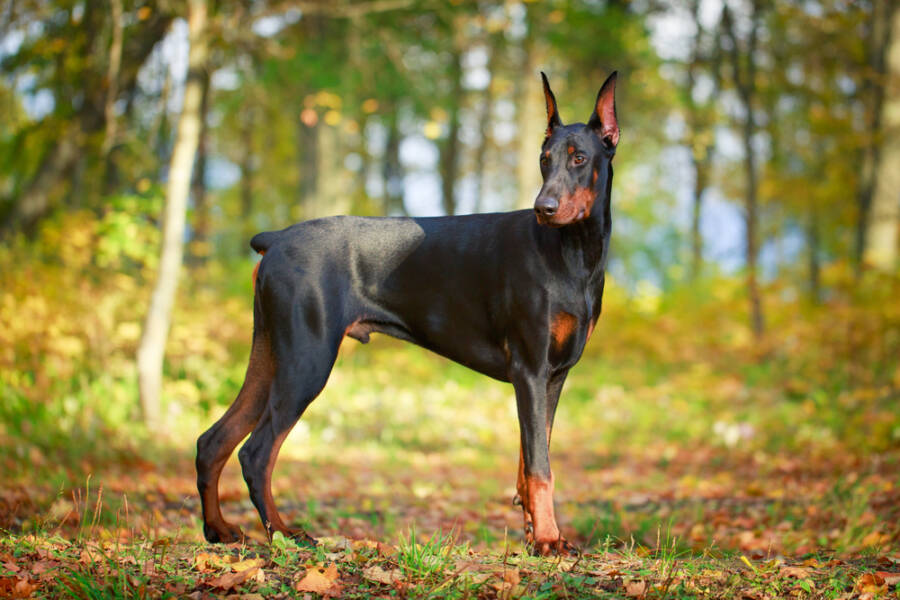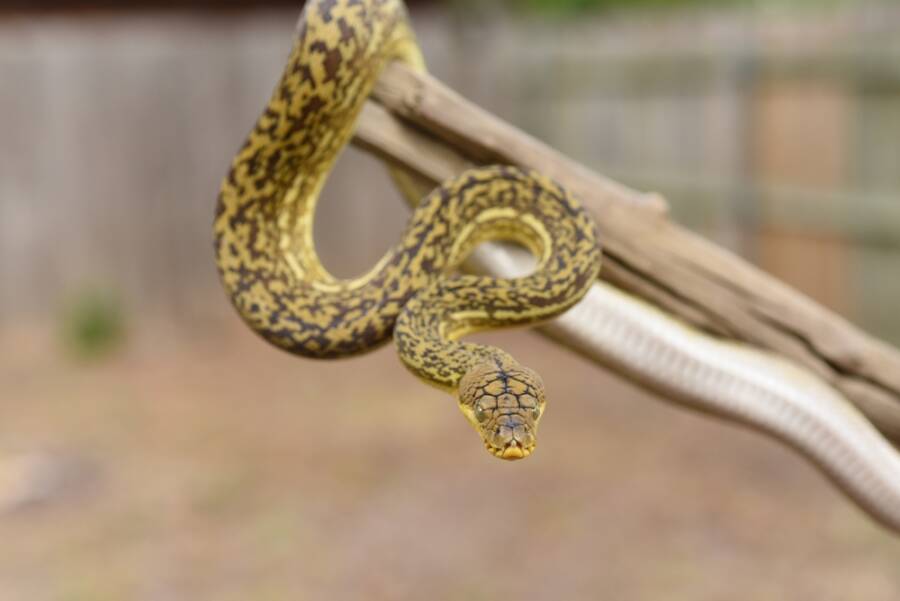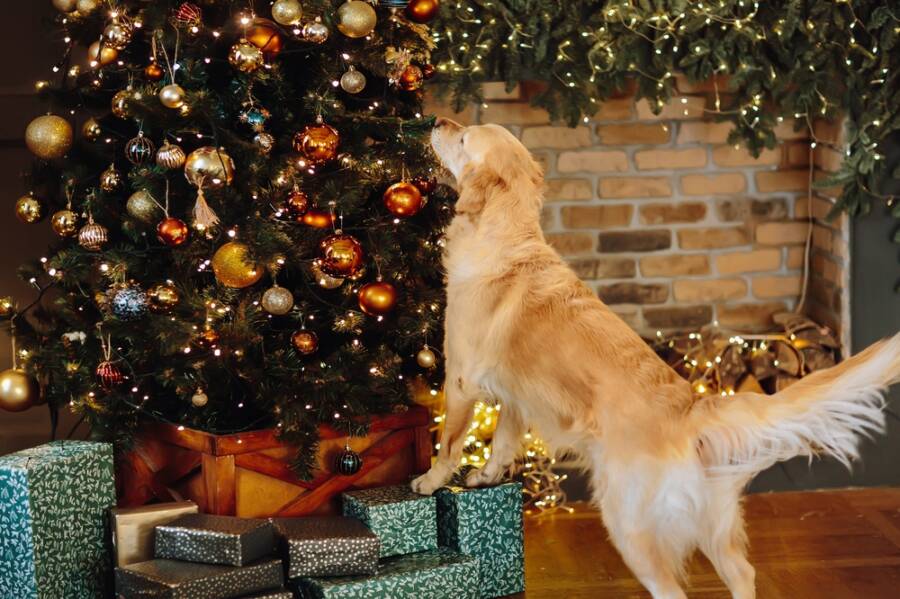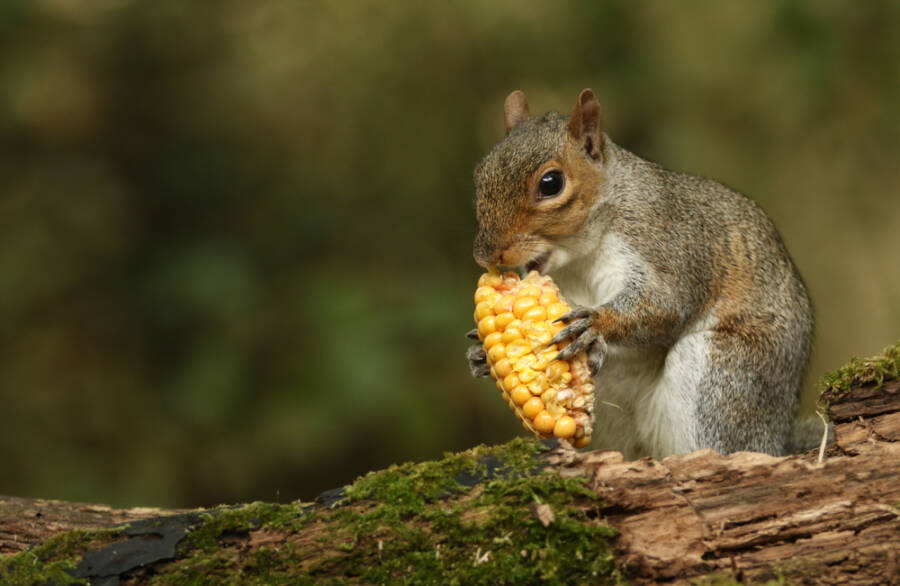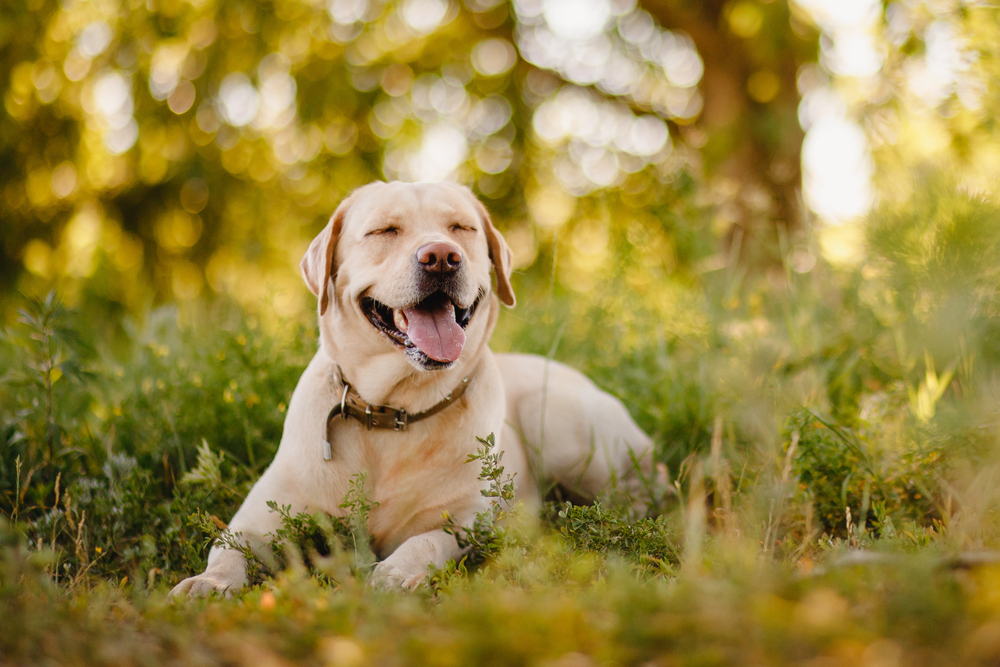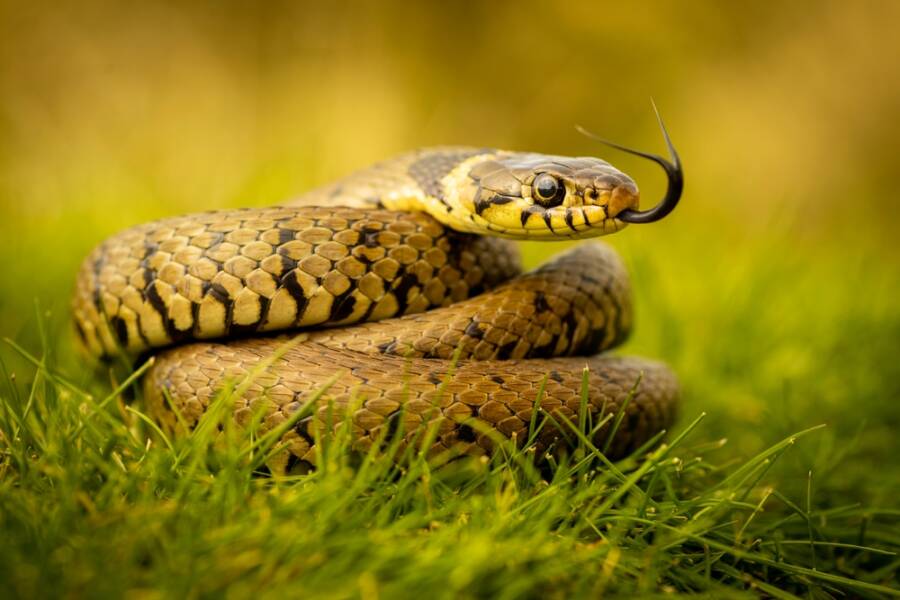These toxic plants to pets can put your furry friend’s health at risk!
If your household boasts four-legged companions and houseplants as members, you need to know that not all indoor plants are created equal. There are pet-friendly houseplants and toxic houseplants. What’s even worse is that many common indoor plants are poisonous to dogs and cats if they take a nibble or, in some cases, merely get their snouts into the foliage.
We’ve rounded up the most toxic plants to pets to help you keep your furry companions safe in a plant-filled home. Keep reading to see which indoor plants pet owners should avoid so they can prevent any unexpected emergencies.
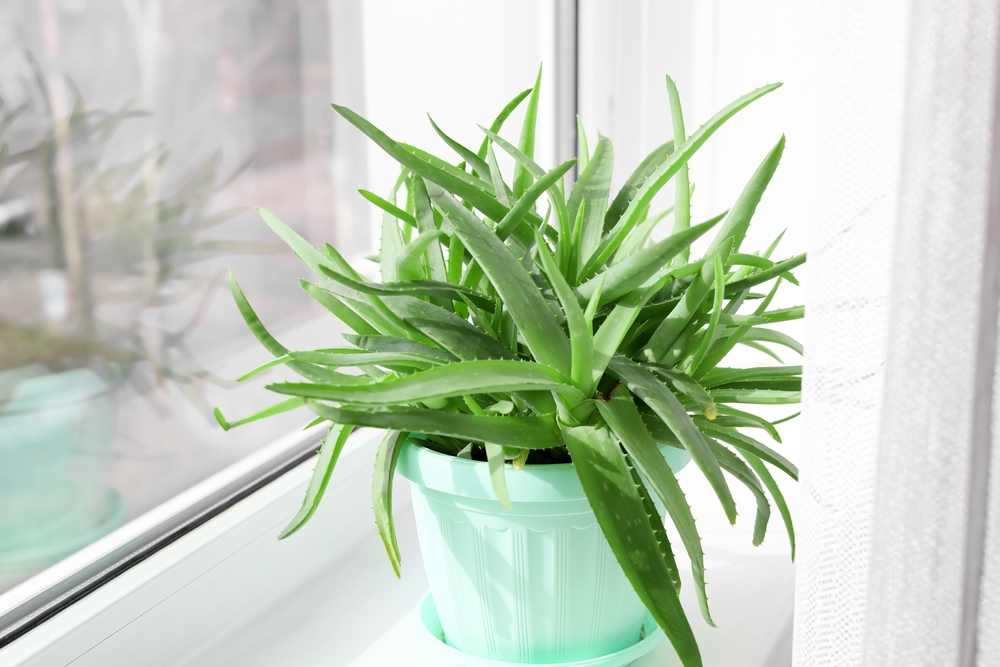
1. Aloe Vera
Aloe vera, a fleshy plant with serrated and tall leaves, may liven up your indoor space and help you treat burns with its gel, but this is one of the toxic plants to pets you may want to know about.
The plant contains a chemical called saponin, which is poisonous to animals and children. Ingestion of aloe vera can cause severe diarrhea, excessive vomiting, and low blood sugar. Moreover, the toxicity can be so serious as to cause the breakdown of red blood cells, which can be deadly if not treated right away.
In addition, the latex, which is the inner skin of the plant leaves, contains a laxative that can cause diarrhea and dehydration.
2. Monstera
Monstera, also known as the Philodendron, is a member of the Philodendron family and originates in the jungles of South and Central America. These leafy beauties are very popular for indoor use and can turn your house into a luscious jungle, but they’re one of those toxic plants to pets that can make your furry friend sick.
This tropical plant is mildly toxic for humans and toxic for both cats and dogs. This is because all of its parts contain calcium oxalate crystals, which are highly irritating, especially to the mouth and stomach when ingested.
If your furry friend takes a bit out of your Monstera, it probably won’t have a great time. Other symptoms of exposure include excessive drooling, swelling of the mouth, tongue, and lips, vomiting, and difficulty swallowing.
3. Asparagus fern
Asparagus fern, also called lace gern, plumosa fern, and emerald feather, is a decorative plant with dense fern-like foliage that can be used indoors as an ornamental plant or grown in gardens outdoors in warm climates.
While it may look lovely in your house, this is one of those toxic plants to pets you may want to avoid if you have a furry friend. The poisonous agent in the asparagus fern is sapogenin, a steroid found in many plants. If a cat or dog ingests the berries of this plant, diarrhea, vomiting, and/or abdominal pain can occur.
As one of the most toxic plants to pets, this one can also cause skin inflammation (allergic dermatitis) if the animal is repeatedly exposed to it.
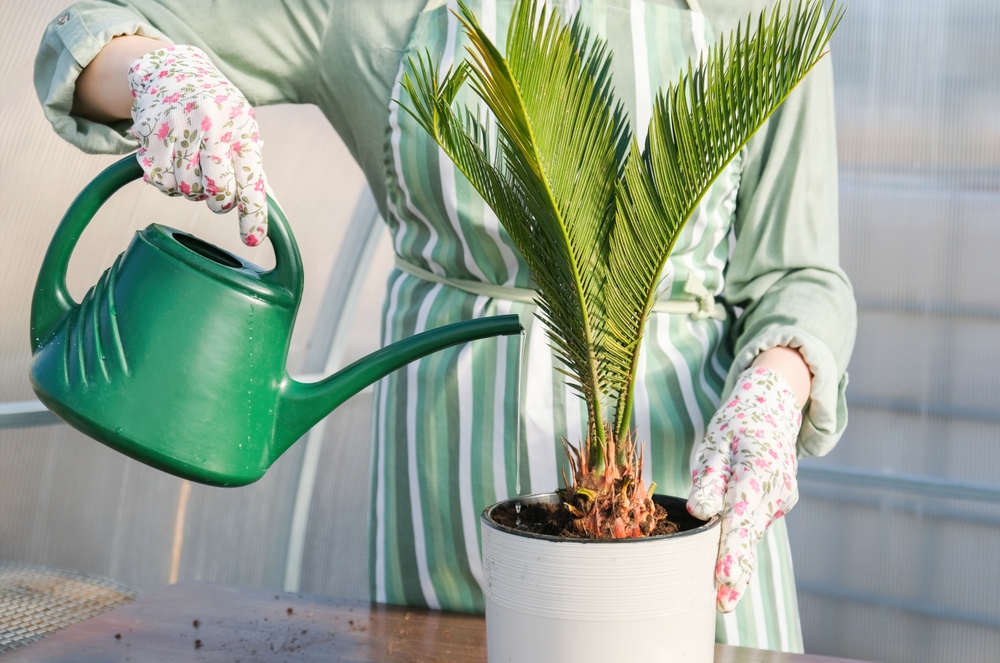
4. Sago palm
The Sago palm is a stocky, spike-leaved plant commonly found in landscaping, largely in southern states, but still found nationwide. They are pretty plants, but beware; they pack a poisonous punch for animals.
As one of the most toxic plants to pets, it can kill your four-legged friend. If your cat or dog ingests any portion of the sago palm, studies have found that up to 50% of ingestion cases are fatal. The good news is that chances of survival are boost with early intervention.
What you need to know is that the entire plant is toxic (this includes the fronds and seeds), so it’s best not to keep these around furry friends if possible. Symptoms of Sago palm toxicity include bloody stool, vomiting, increased thirst, bruising, and jaundice.
Read on to discover other toxic plants to pets!
5. Peace lily
As lovely as peace lilies are when they are blooming, there’s an underlying threat to these hooded, flowing plants. The presence of these indoor plants and pets can be an unfriendly equation.
Yes, the gorgeous peace lily is one of those toxic plants to pets you don’t want to have around if you have a four-legged companion. All parts of the plant, from the stem to the leaves and attractive blooms, contain calcium oxalate crystals, which, as we’ve said earlier, irritate the mouth and the gastrointestinal tract.
Very rarely, this crystal formation can cause swelling of the upper airway, which can make it difficult to breathe.
6. Jade plant
The waxy, dark green leaves of the jade plant make it a popular choice for small pots in homes. The plant starts out somewhat rounded and shrub-like, but it will take on a miniature tree-like shape as it matures. It comes in many varieties that all make striking statements in home décor.
Unfortunately, all parts of the jade plant are poisonous to animals, and the stems and leaves are the parts that are most accessible to pets. Leaves easily fall off if the plant is played with or brushed by your cat or dog. If it’s located where your furry friend can access the pot, they may also dig it up and chew on the roots. If you love your jade plant, you can move it into a hanging pot (here are some affordable options) and keep it out of reach.
As one of the most toxic plants to pets, jade plants can cause weakness, vomiting, and lethargy if eaten. In more serious cases, consuming it can lead to confusion or a loss of coordination, although most animals will survive after ingesting this plant.
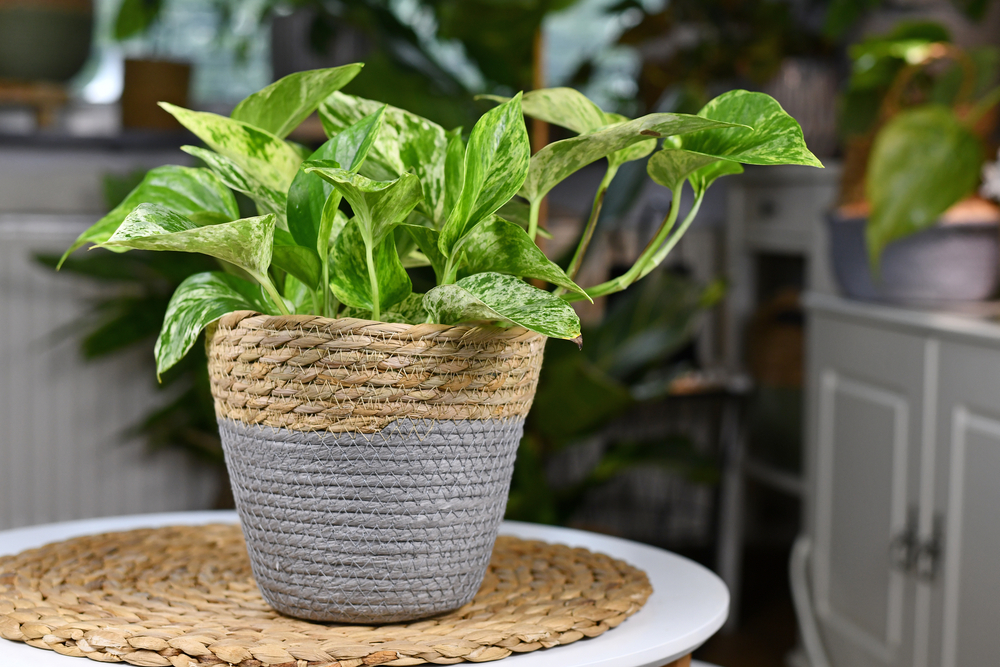
7. Pothos
The popular pothos plant is a wonderful easy-care option for plant parents, and it creates a stunning visual appeal. However, pet owners may want to keep their four-legged companions away from this one.
The pothos plant has long stems that sometimes drape over and out of its pot, making it appealing to pets who like to chew on plants. If this sounds like your furry friend, the best thing you can do is to avoid having this plant in your house.
Similar to other toxic plants to pets, ingestion of pothos can cause mouth irritation, intense swelling and burning, which can lead to excessive drooling. It may also cause diarrhea and vomiting. Most pets will survive if taking a nibble of a pothos plant, but they may become very ill in the process and will need medical assistance for treatment of the symptoms.
8. English ivy
Also called glacier ivy, sweetheart ivy, branching ivy, and California ivy, English ivy may look harmless, but it’s actually quite dangerous for animals. As one of the most toxic plants to pets, it contains both a naturally occurring steroid known as sapogenin and polyacetylene compounds. Both of these chemicals can be very irritating to the skin and mucus membranes if swallowed or chewed.
It’s important to know that all parts of the ivy plant contain toxins, but it’s the leaves that are the most concentrated in dangerous compounds. Symptoms caused by your pet eating parts of an English ivy are usually mild. Repeated exposure to the sap of the plant can result in allergic dermatitis.
If your furry companion eats some ivy, the symptoms can range from excessive drooling and nausea to loss of appetite, vomiting, diarrhea, and abdominal pain. Although poisoning from English ivy is usually not life-threatening, it’s still best to contact your veterinarian as soon as possible.
If you liked our article on toxic plants to pets, you may also want to read These 6 Human Foods Are Toxic for Dogs!


